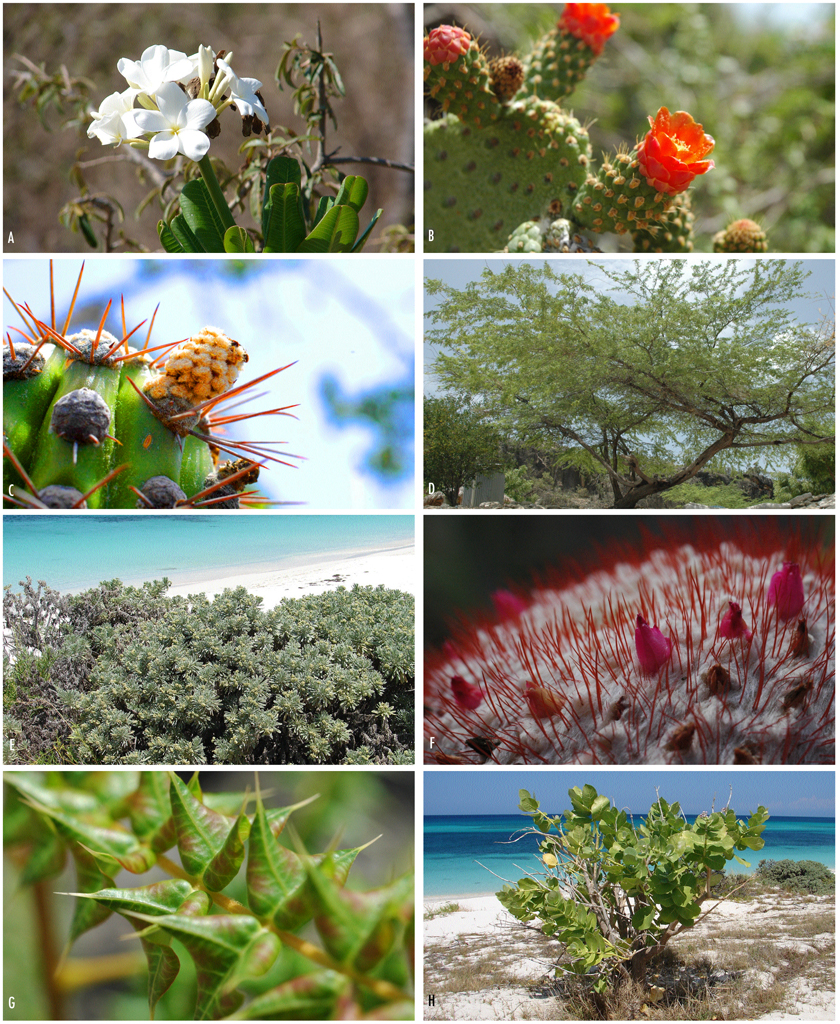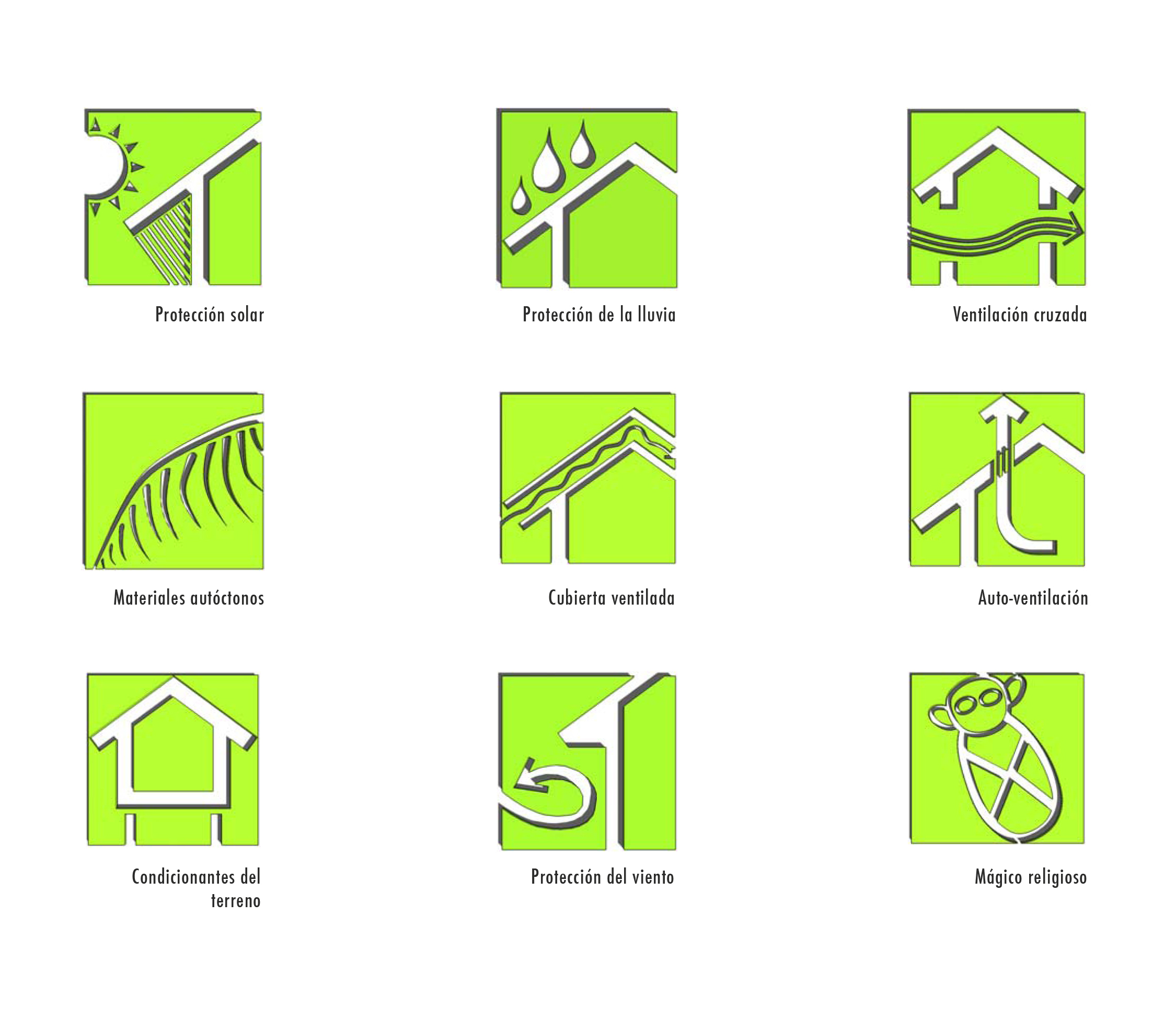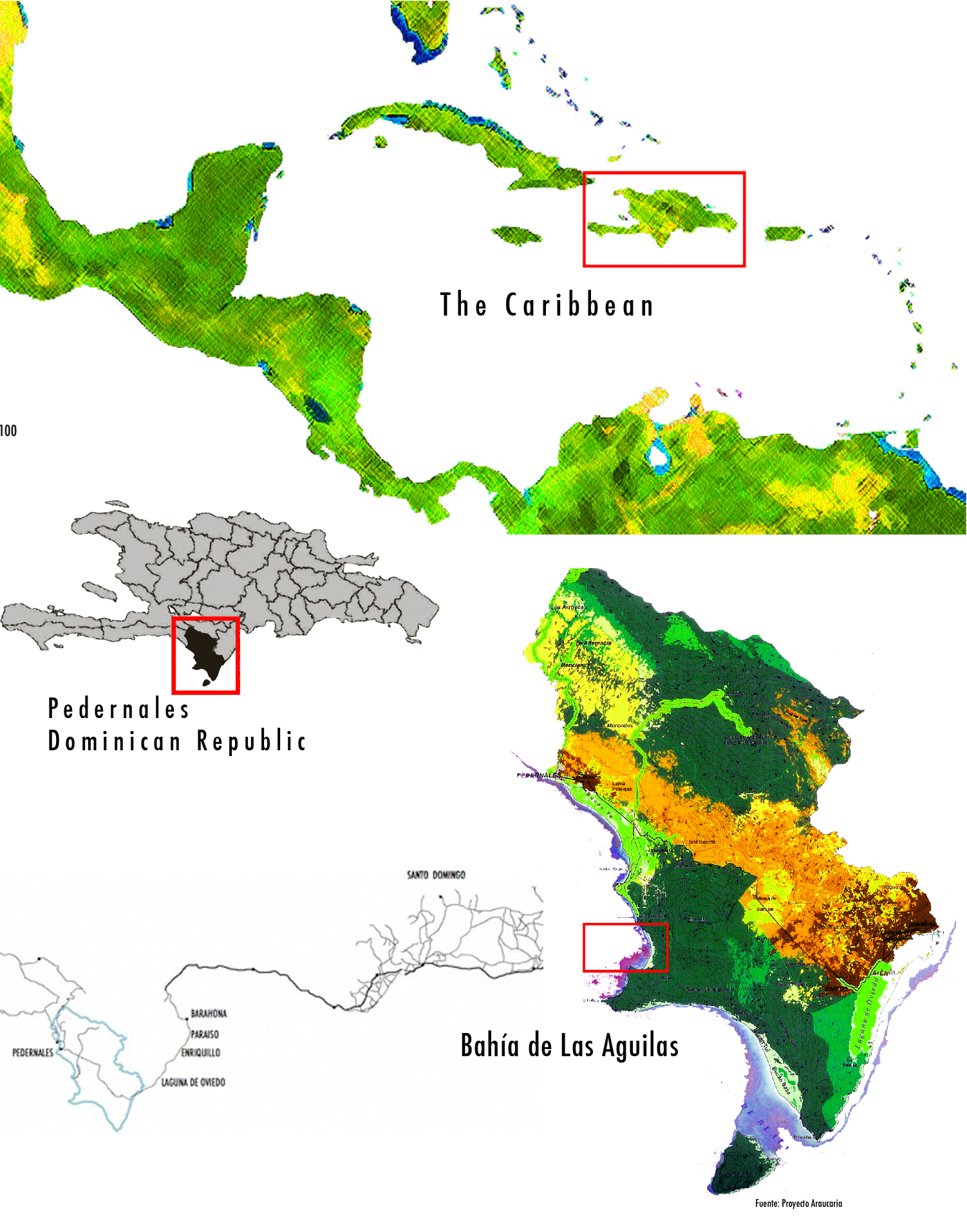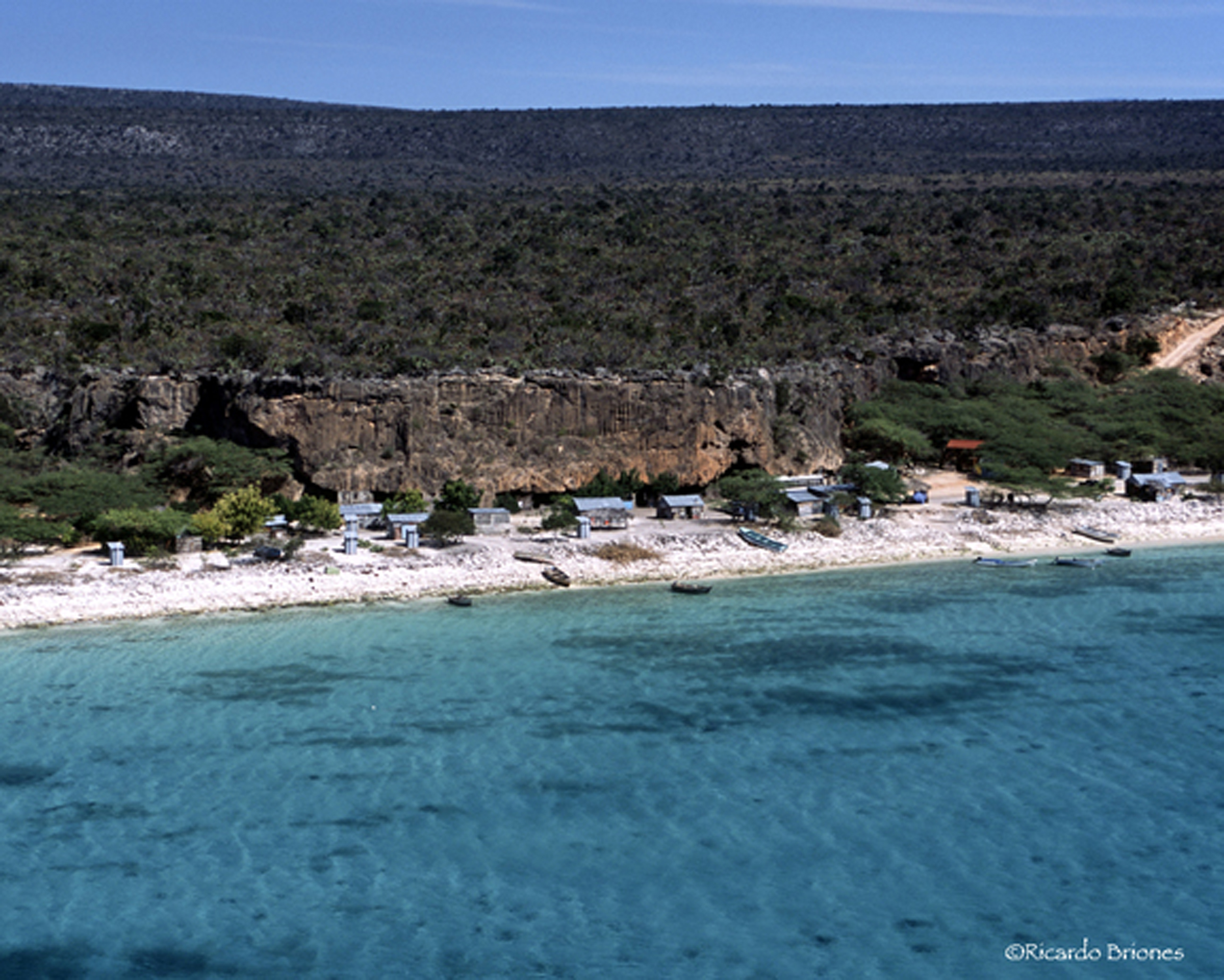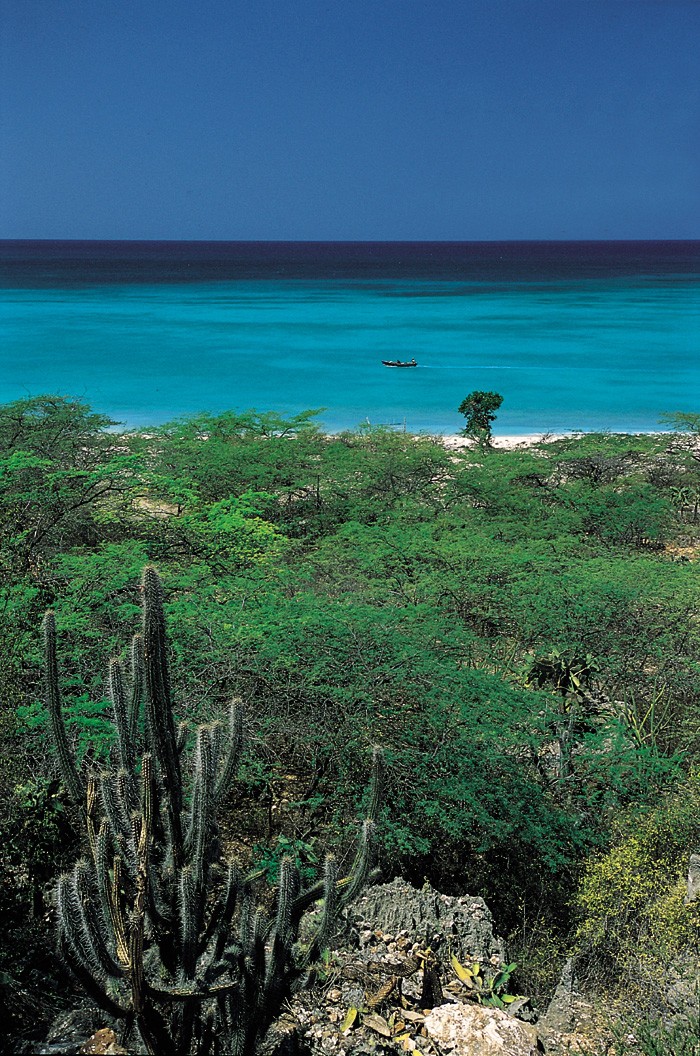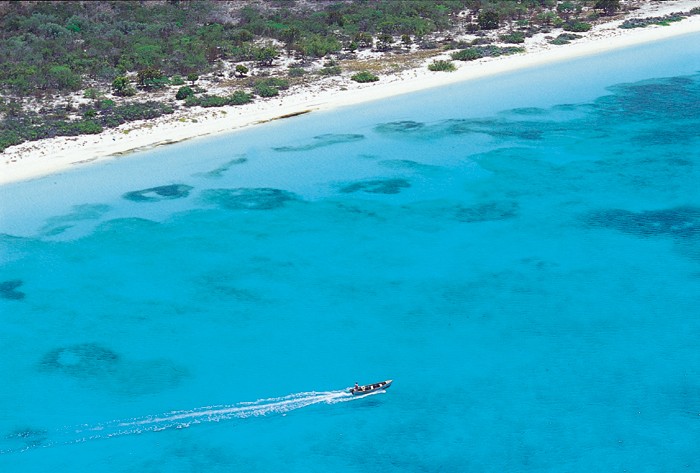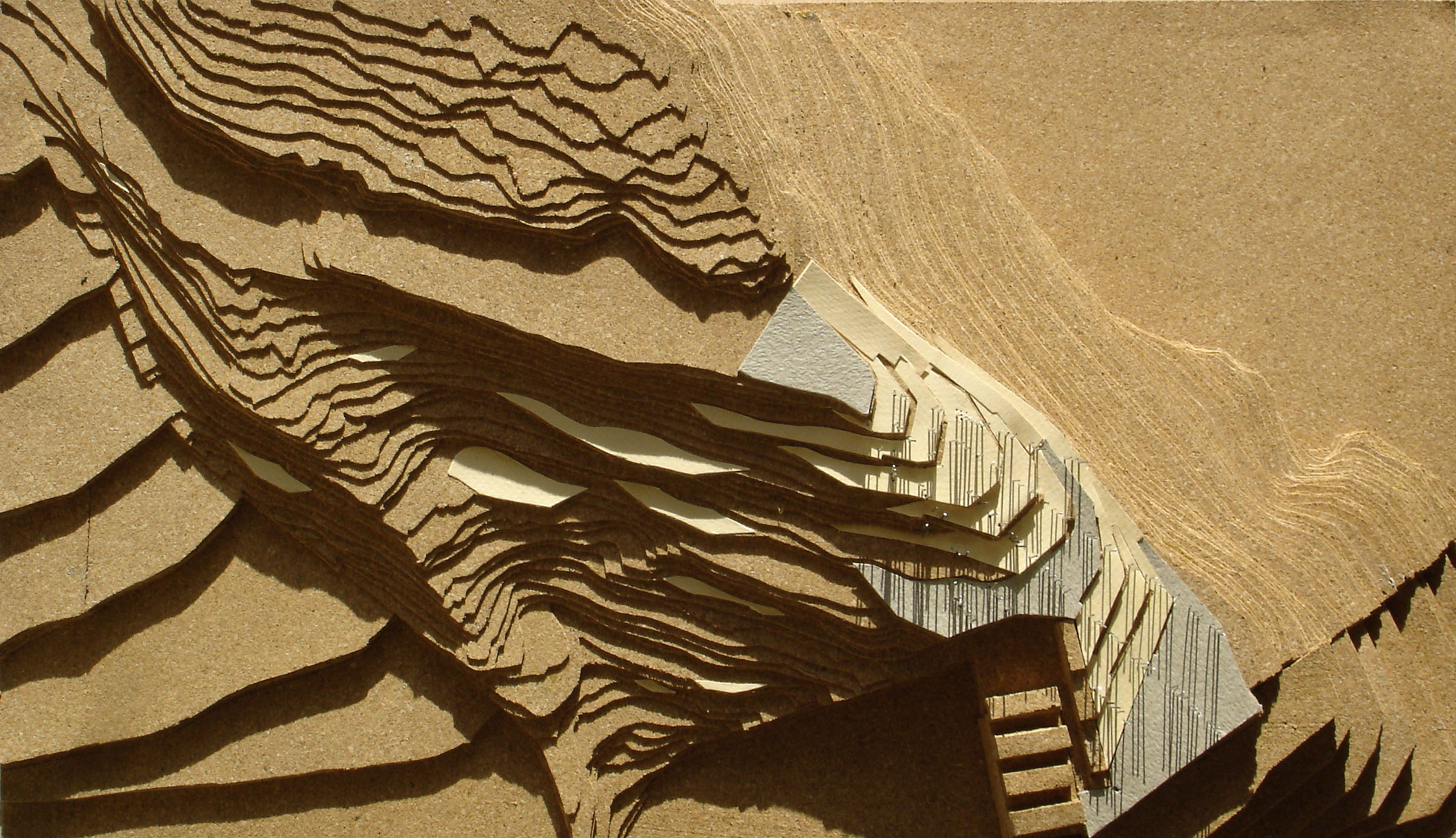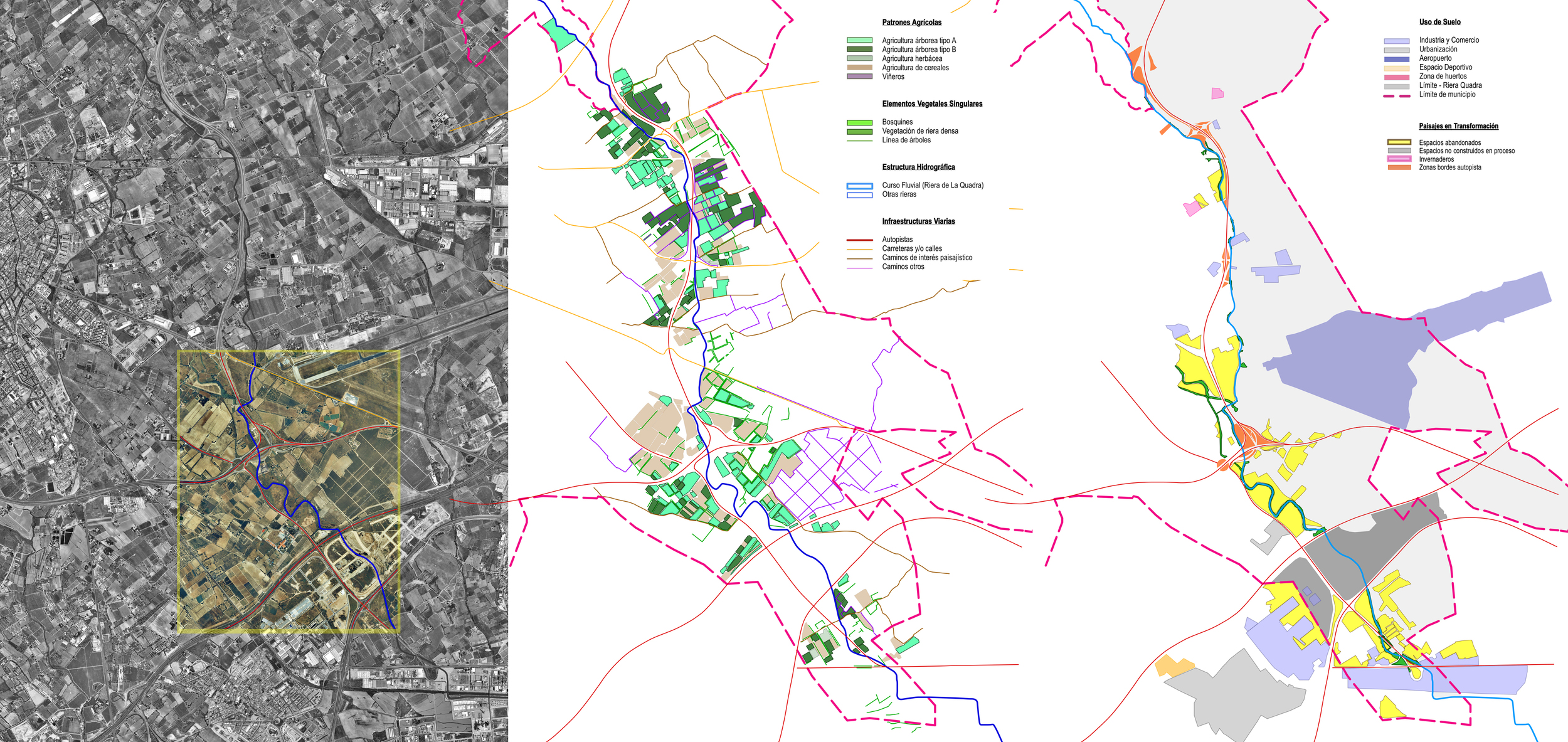//BAHÍA DE LAS ÁGUILAS ECO-TOURISM PARK.
Ecotourism Design Strategies in Protected Areas.
Pedernales, Dominican Republic. 2006 ©
The ecotourism park of Bahía de Las Águilas is a project that promotes the encouragement of the population of Pedernales and its surroundings communities to value the place and exploit it touristically under the concepts of sustainability, always considering construction on the outskirts of JNP (Jaragua National Park). Among the main objectives, it is intended for the tourism that will be developed, to produce a minimal impact on the environment.
El Nido del Tinglar Handmade Model
BIOTIC ASPECTS | Existing Vegetation Sample
A. Aleli 'Plumeria obtusa' - Ico Abreu ©
B. Alpargata 'Consolea moniliformis' - Ricardo Valdez ©
C. Cayuco 'Stenocereus fimbriatus' - Ricardo Valdez ©
D. Bayahonda 'Vachellia farnesiana' - Ricardo Valdez ©
E. Te de playa 'Borrichia arborescens' - Ico Abreu ©
F. Melon espinoso 'Melocactus pedernalensis' - Ricardo Valdez ©
H. Uva de playa 'Coccoloba uvifera' - Ico Abreu ©
---
ECOLOGICAL FEATURES | Architectural Development
In the study area, were identified the following types of vegetation:
[ A ] Coastal vegetation; [ B] Beach and Dune Vegetation; [ C ] Grassland; [ D ] Low Thorn Forest and; [ E ] High Thorn Forest.
Image source: Red Caribeña de Urbanismo y Arquitectura (ReCUA), Architect Ico Abreu. 2006 ©
Bahia de las Aguilas, an inlet with a 7 km long beach, located in the southwest coast of the Dominican Republic in the province of Pedernales. It is situated 330 km from the capital, Santo Domingo.
"La Cueva" is a small village on the outskirts of the Jaragua N. P. that is located just passing "Cabo Rojo", before the entrance to the park. This town is made up of fishermen who have stablished themselves with their families in small houses of poor conditions, constructed with zinc, concrete blocks, roofing cane and wood or in the same caves that have been occupied as homes to house more than one family.
Ricardo Briones Photography ©
In general, this region has two life zones, according to the classification of Tassaico (1967), based on Holdridge: [ 1 ] Subtropical dry forest, as is the case of Bahia de Las Aguilas and [ 2 ] Subtropical thorn scrub. However, within these two macroforms is a great diversity of plant associations. The flora and vegetation are specialized to adapt to drought conditions, lack of soil, salinity, wind speed, among other circumstances.
'Prosopis juliflora', Bayahonda Forest.
//NEW ACCESS FOR MONTJUÏC CEMETERY.
Barcelona, Spain. 2007 ©. *Project selected for the School of Biennial at the 5th European Biennial of Landscape Architecture.
ETSAB, Barcelona, Spain. 2008.
//RIVERSIDE PARK OF FAYÓN.
Fayón, Zaragoza, Spain. 2008 ©
//PERI-URBAN ECOLOGICAL PARK OF REUS.
RIERA DEL MAS DE SOSTRES. Reus, Tarragona. Catalunya, Spain. 2009 ©


